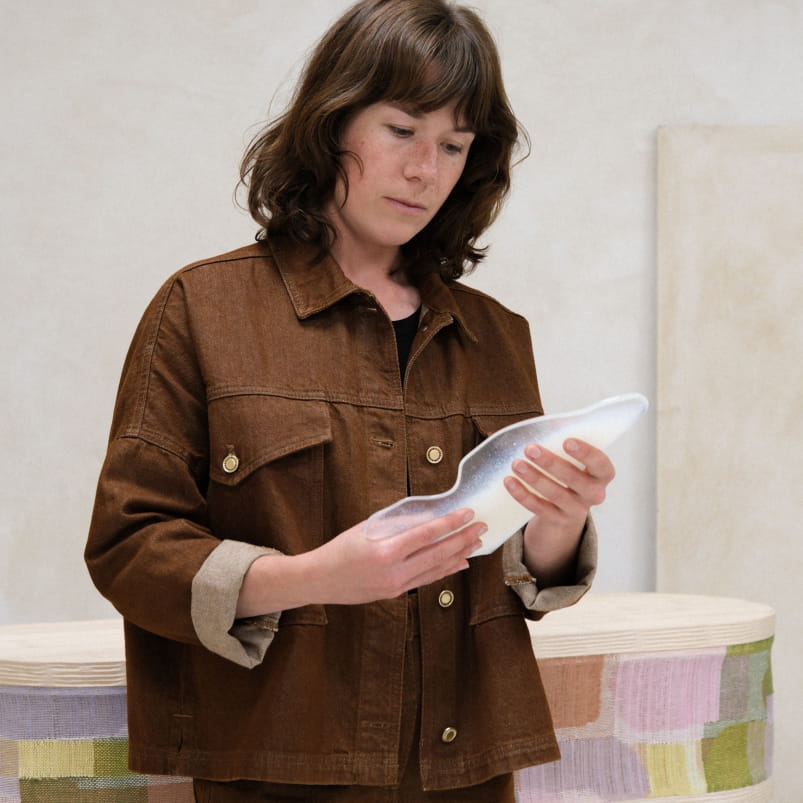PHOTO CREDITS : Florian Touzet
After several years as a correspondent in Mexico, Alix Hardy has now settled in Marseille. A trained journalist, she chose to start from scratch to devote herself to cooking. She finds in culinary gestures another way of telling stories—this time with her hands—by weaving connections between flavors, regions, and narratives.
In residence at Sessùn Alma from May to July, she brings to life a precise and radiant cuisine, inspired by both the Mediterranean and Mexico. Her approach is committed and artisanal, celebrating plants, craftsmanship, and human connection.
You’re setting down your knives at Sessùn Alma in Marseille for three months, from May to the end of July. What does this residency mean to you at this point in your journey?
Being in residence at Sessùn Alma is an opportunity to cook with delicacy. Everything in this place revolves around finesse, handcrafting, taking time, and artisanal work. It inspires a cuisine I want to be both precise and sensitive. A vast topic! The path to finding one’s own culinary identity is long, and I’m not convinced I’ll ever fully reach it. But I see Sessùn Alma as a laboratory where I’ll be able to explore freely—and maybe better define what it is that expresses itself through me when I cook.

Your path is quite unique, between journalism and cooking. How did these threads come together to form your career as a chef?
I transitioned into cooking after a first career in journalism. When I arrived in Marseille, after several fabulous years reporting from Mexico for French media, I couldn’t imagine rebuilding a network from scratch. So instead, I chose to do just that—but in cooking. It was something I’d long wanted to pursue but hadn’t allowed myself to.
Now I realize these two professions make perfect sense together for me. I have a project to open a canteen in Marseille combined with a bookstore, focused on cookbooks and writing that explores food and cuisine. Even though it doesn’t yet have a permanent home, it already exists in a nomadic format under the name Bouche – Culinary Bookstore, offering a beautiful selection of secondhand cookbooks and culinary workshops I regularly lead.
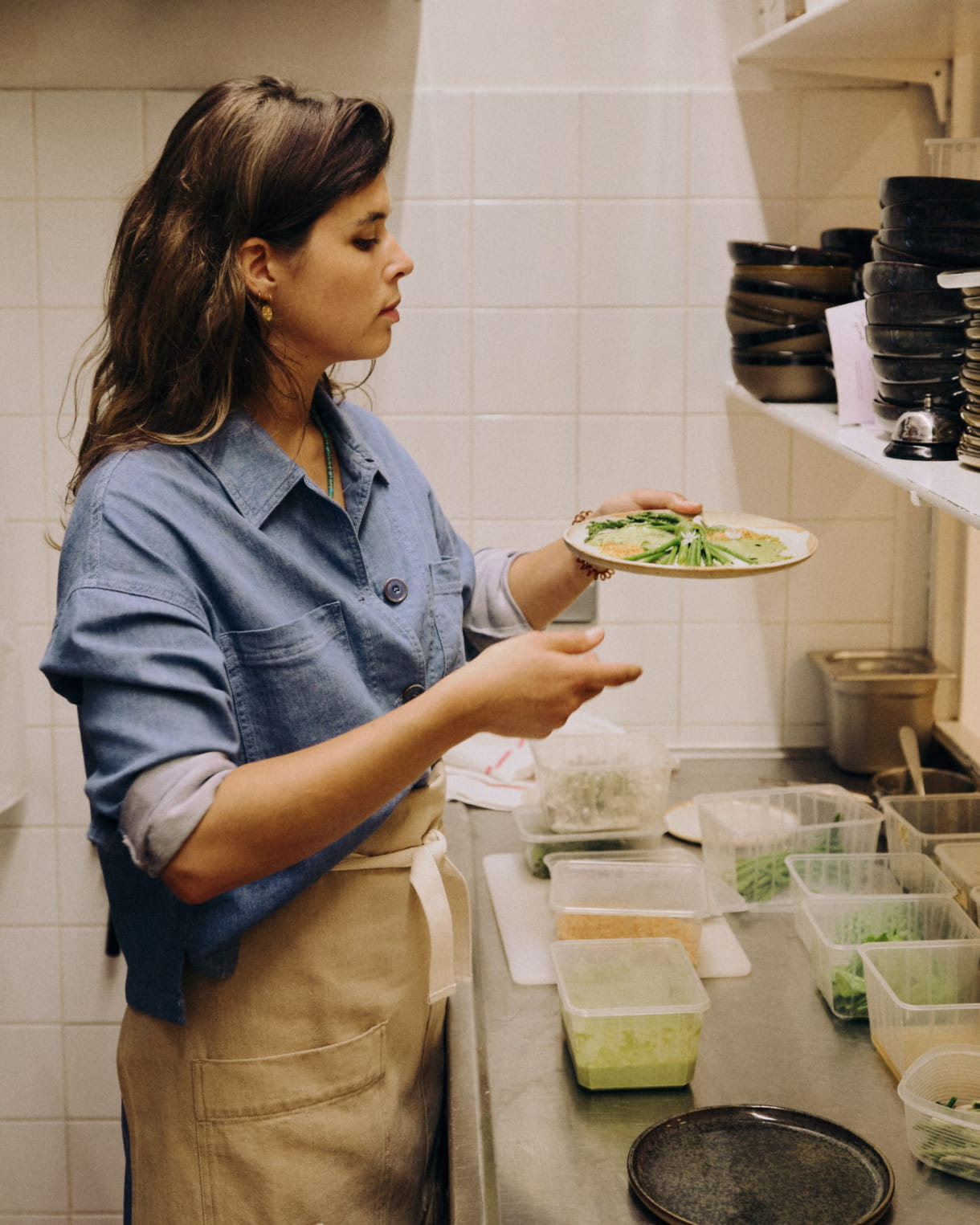

Your cooking draws heavily from the Mediterranean and Mexico. How do these two sunny yet very different regions coexist in your dishes?
When I returned from Mexico after living there for three and a half years, people here constantly asked if I was going to cook Mexican food or open a taco stand! That made me uncomfortable. While I’d discovered an incredible cuisine and a fantastic terroir there, I didn’t feel at all legitimate using a heritage that isn’t mine.
Since then, I’ve found a way to reconnect with my memories: when I travel back to Mexico, I bring home ingredients that hold that country’s taste for me—like chilies or blue corn—and I incorporate them into a cuisine that’s rooted here. That’s what makes real sense to me in this place.
You’re in residence during a rich and flavorful time of year in the South. What ingredients or cravings guide your cooking during this season?
It really is a delicious time to be cooking in this region. After six months of braising and roasting, now is the moment for raw, fresh, and crunchy preparations. I have a list as long as my arm of recipes ready for the first open-field tomatoes—I’m eagerly waiting for them. I dream of juicy plums. And right now, all the trees are blooming again—the joy of foraging returns, just before the intense summer heat.
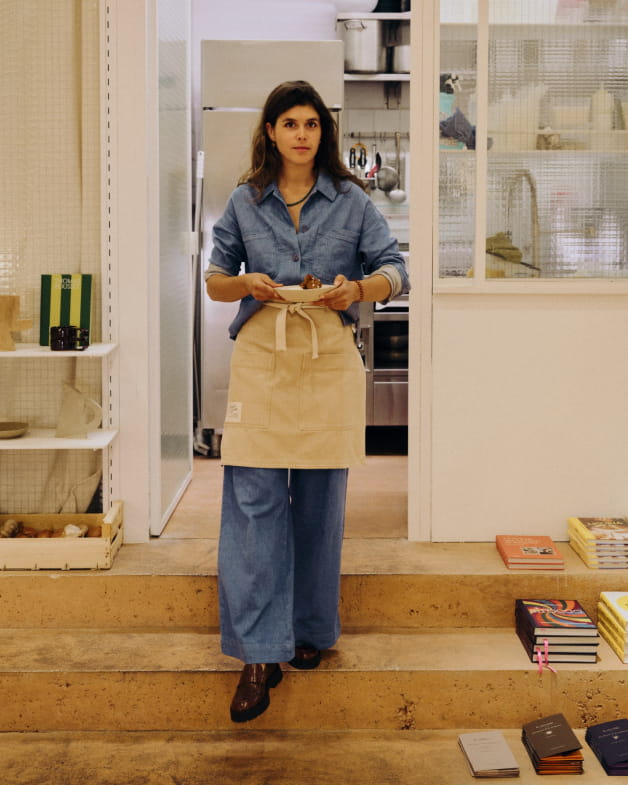
Sessùn is a brand deeply rooted in gesture, craft, and artisanal values. Are there any gestures in cooking that feel like rituals or true craftsmanship to you?
Given the kitchens where I was lucky to train, I’ve always worked with raw ingredients, starting from scratch. The few times I used pre-processed items, I felt like I was cheating! I see cooking as a full-fledged craft. Without that dimension, it feels like nothing more than manipulating and assembling inert matter.

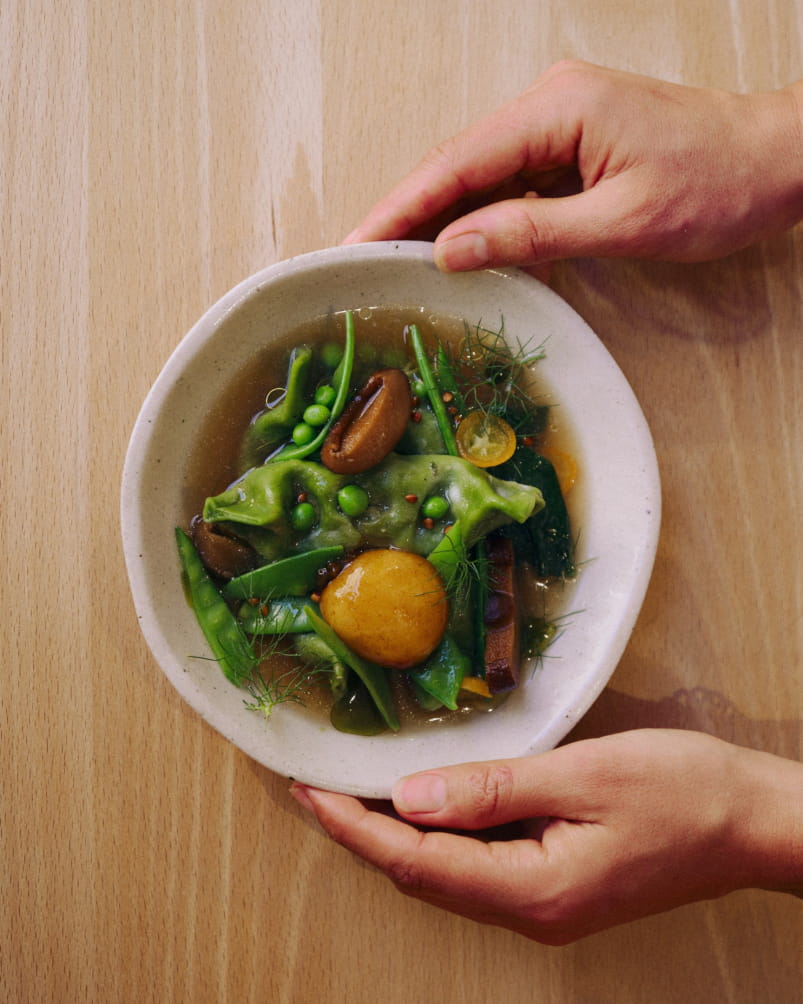
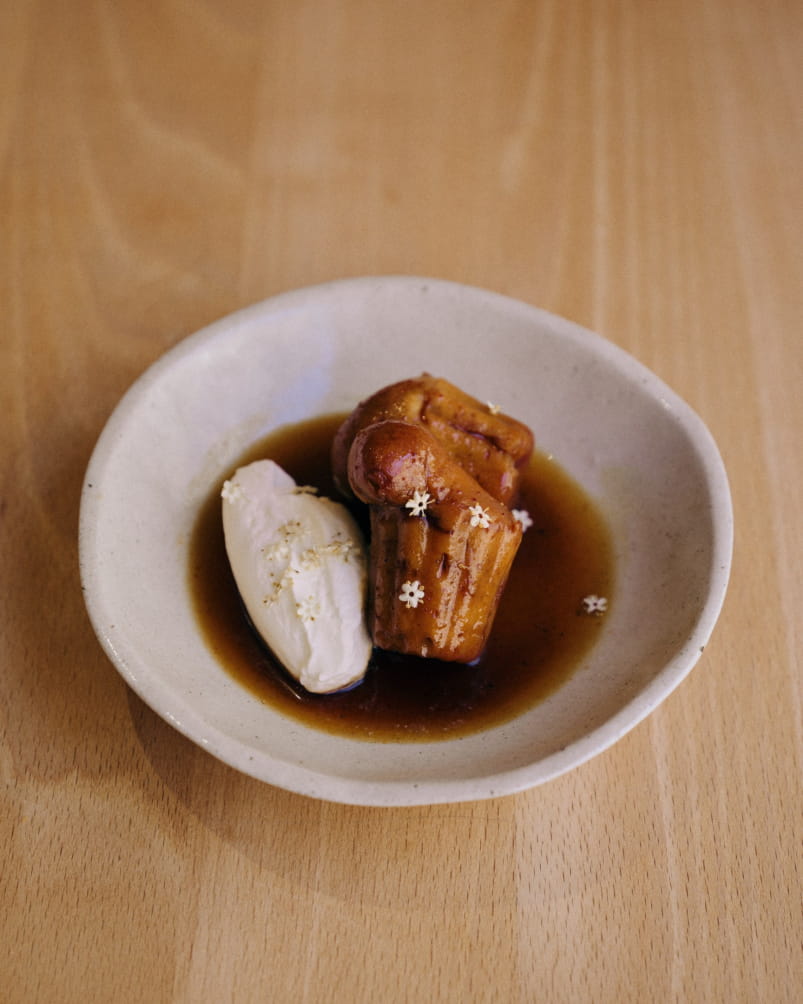
Your cooking feels very free, yet intentional—vegetables front and center, thoughtful sourcing, bold condiments. What does “cooking with intention” mean to you today?
For me, cooking with intention means, first and foremost, cooking in a human way. And I believe that remains the biggest challenge today. I was fortunate to learn this trade in kitchens where sourcing was impeccable—chefs deliberately chose to support certain producers, farmers, and artisans. I got to taste and work with an incredible variety of exceptional products—spices, herbs, and plants of extraordinary flavor and origin. My first year in the kitchen, every new season felt like starting over: the fruits and vegetables changed completely, and I discovered new flavor palettes I had never known. That’s a major commitment. In Marseille, many have made this commitment and continue to uphold it. But the real battle still ahead is disconnecting high-end cuisine from abusive management practices. Too many kitchens still operate under harsh conditions. It’s important to understand that the intense pressure chefs face in this just-in-time industry naturally breeds that kind of behavior. As a chef, actively rejecting that system is hard—it’s like swimming upstream. But it’s crucial to keep saying that it’s possible. The best plate in the world doesn’t justify causing suffering to the team who made it.

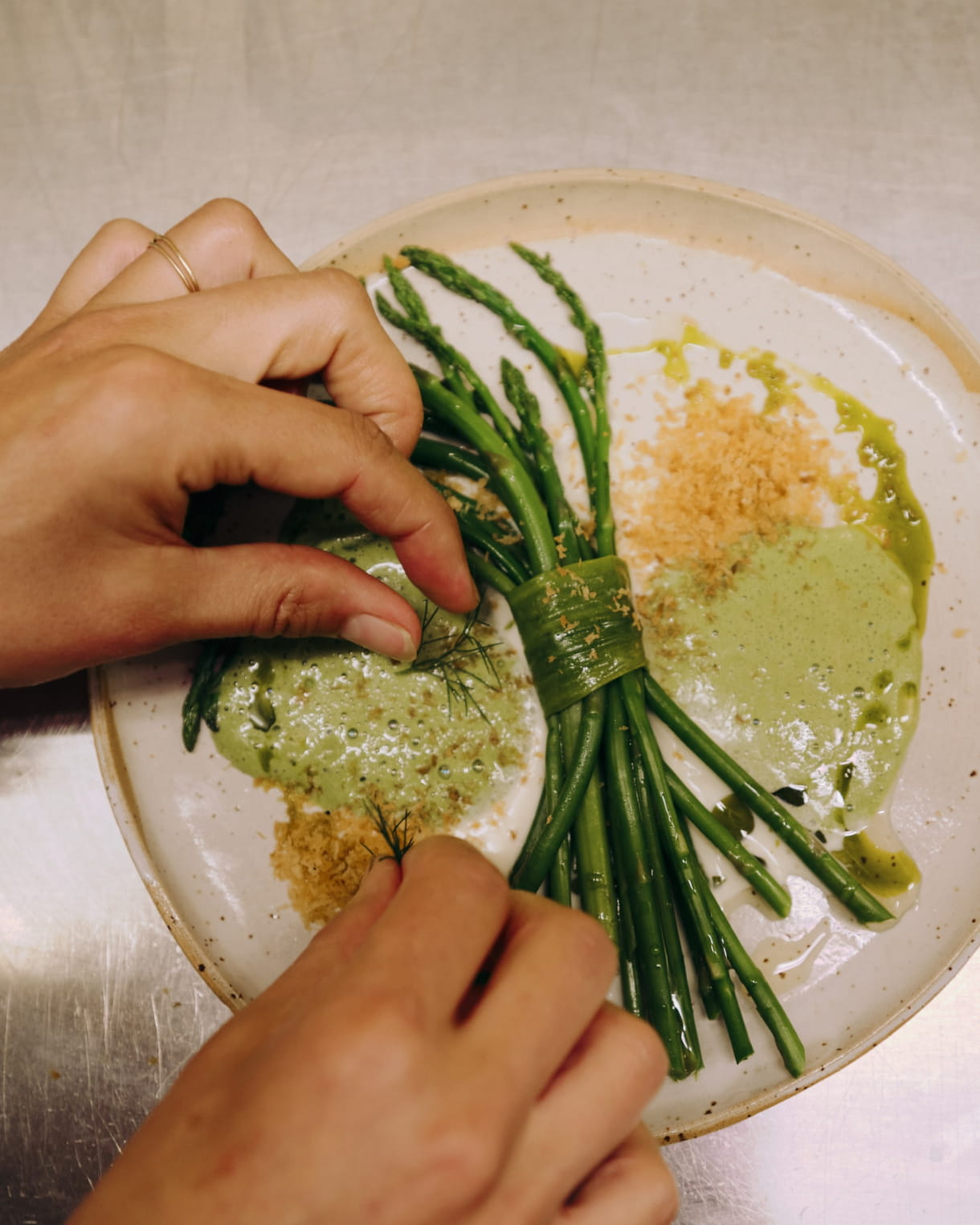
Sessùn Alma is both a restaurant and a living space. What draws you to the idea of nourishing this kind of hybrid place, at the crossroads of people and desires?
Cooking is wonderful, but for me the thrill fades quickly once the purely technical wonder wears off. We cook to share what we create and to connect.
There’s nothing I love more than taking on the role of cook in a space that already lives and breathes for something else. I’ve nearly always chosen hybrid venues to work in: a restaurant-grocery at l’Idéal, a café-canteen-market at Zinzin, and now here at Alma—a mix of boutique, craft studio, and lunch restaurant.

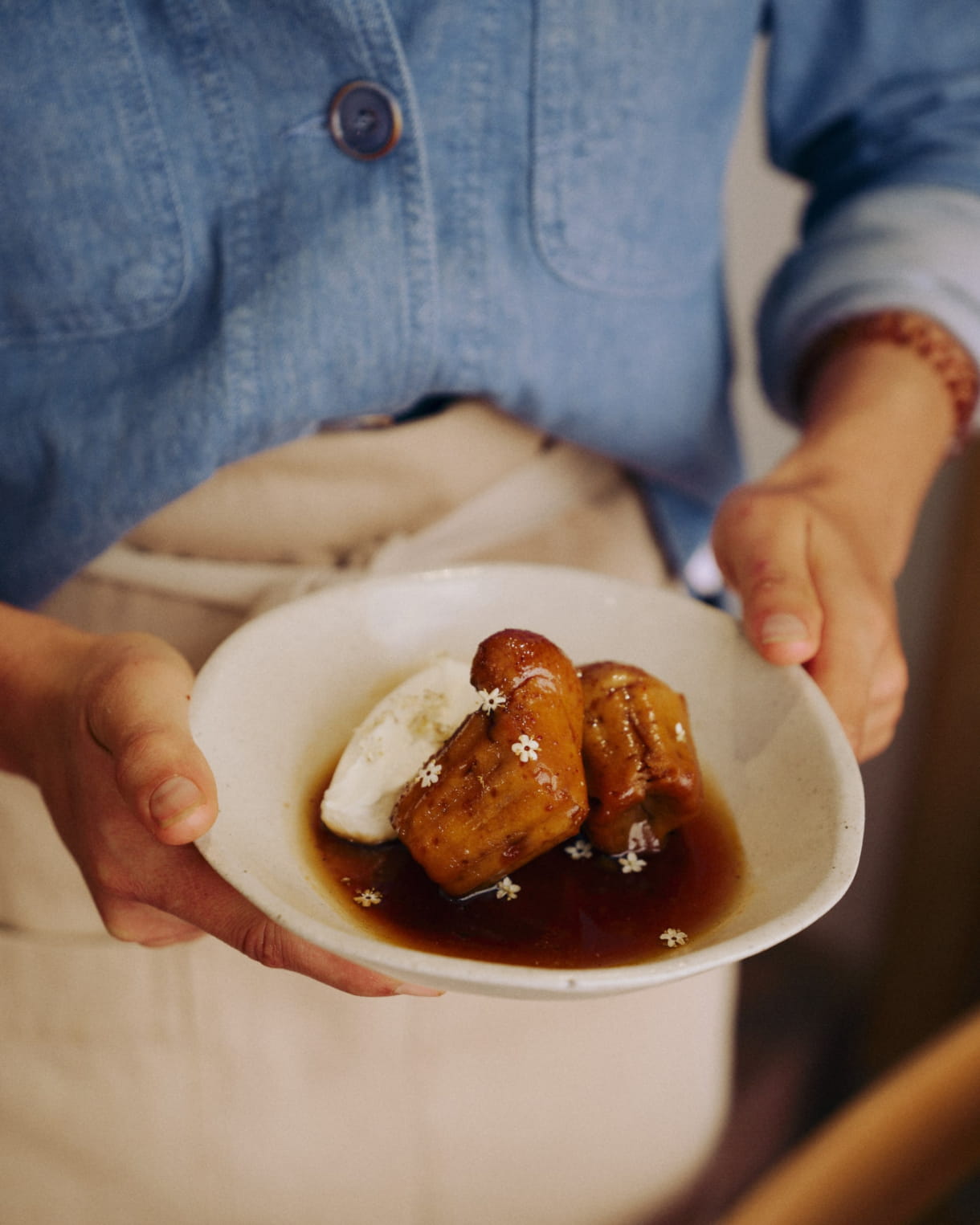
And finally: if you had to capture your summer in Marseille in a single bite, scent, or dish, what would it be?
Fig leaves. They bloom on every menu in summer because they’re everywhere in Marseille. Soft and green in early spring, rough and dark at summer’s end, they release a distinctive scent you can’t miss if you’re out walking in the early evening, just as the sun is setting and the plants begin to release their fragrance in the shade. I made a fig leaf marshmallow with green and coconut notes, served with a sweet pea syrup broth, to capture that fleeting moment when early vegetables brush up against the first signs of summer.
Shop Alix Hardy's Look








